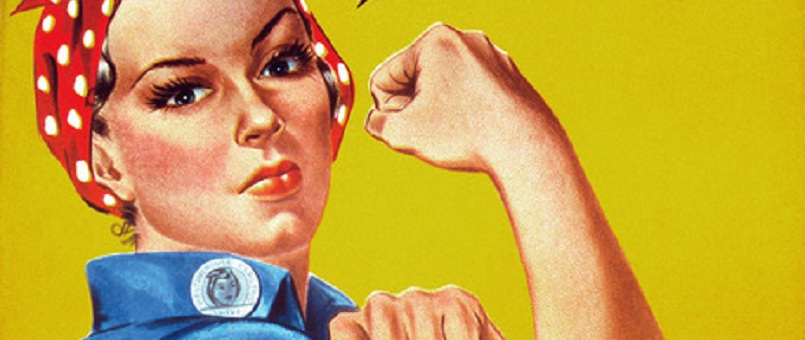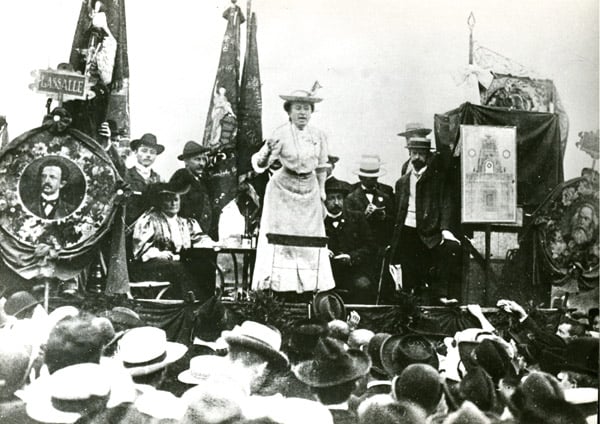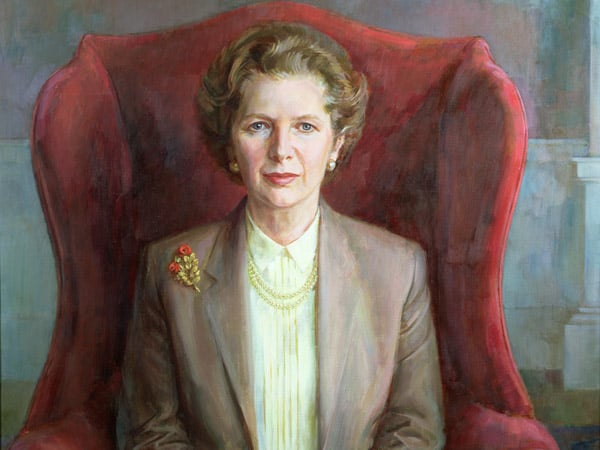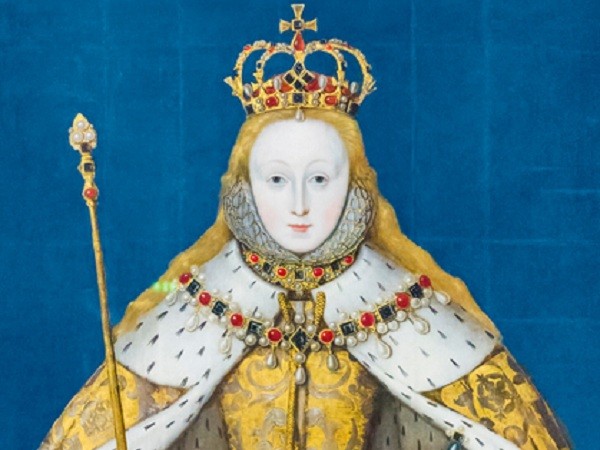
Strong Women in History
A pretty standard answer to the question “Which woman do you most admire?” tends to be “My mother”. Like others, I admire my mum enormously as I do my maternal grandmother, a single mum at the end of WWII struggling to make ends meet. My mum went back to college once my sister and I were old enough to look after ourselves, and finally found her dream job in which she still works even past retirement age.
So I admire them both, they are my role models in many ways. But what of all the larger-than-life inspirational women history has to offer? With the arrival of a film about the suffragettes, let’s take a closer look at some of the women who changed the course of history, all in no particular order:
Rosa Luxemburg

Rosa Luxemburg (1871-1919) addressing a meeting after the Second International Social Democrativ Congress, Stuttgart, 1907. Founder with Karl Liebknecht of the KPD, the German Communist Party / Universal History Archive/UIG
Rosa Luxemburg was born on 5 March 1871 in Zamosc, Poland and moved to Berlin in 1898 after marrying Gustav Lübeck and becoming a German citizen. Active in the Social Democratic Party of Germany (SPD) she became one of the foremost left-leaning thinkers of her time, co-founding the “Spartakusbund” with her contemporary Karl Liebknecht which became the Communist Party of Germany. Both she and Liebknecht were brutally murdered after being arrested for their part in the 1919 revolution; her body was thrown into the Landwehr Canal in Berlin. To this day her name lives on in street names.
Margaret Thatcher

Portrait of Margaret Thatcher as Prime Minister, 1983 (oil on canvas), June Mendoza (b.1945) / Private Collection / Photo © Philip Mould Ltd, London
Love her or loathe her, no list of strong women who changed the course of history would be complete without Margaret Thatcher. Politically diametrically opposite to Rosa Luxemburg, she changed the course of British history and its entire political landscape. A former French colleague of mine often remarked to me that France needed its own Thatcher but I always hoped he was just playing devil’s advocate.
Margaret Thatcher was born the daughter of a greengrocer in Lancashire on 13 October 1925. Her Conservative career started at University as President of the Oxford University Conservative Association in 1946.
A Member of Parliament from 1959 to 1970, with a position as Education Secretary in Heath’s government, leader of the opposition followed and she was elected Britain’s first female Prime Minister in 1979 which she remained until she was ousted in 1990. Her tenure as Prime Minister is synonymous with the miners’ strikes, the Falklands War as well as clashes with the European Union.
Mary Pickford
As a film nut with a particular love for early Hollywood and silent movies, adding Mary Pickford to the list of strong women is a must. She was born in Canada on 8 April 1892 and the theatre was her early school, travelling in small third-rate companies through the US with her mother and two younger siblings. Her first break came in 1907 when she landed a supporting role on Broadway but it wasn’t to last. A screen test for D.W. Griffith in 1909, however, proved the key.
Earning double that of most other actors at the time, she travelled with the Biograph crew to Los Angeles in 1910 and that was that. Working for many of the most well-known companies and directors of the day she became known as America’s Sweetheart. Pickford was a shrewd business woman as well and together with D.W. Griffiths, Charlie Chaplin and Douglas Fairbanks; she founded an independent film company called United Artists.
Pickford and Fairbanks married in 1920, the Angelina Jolie and Brad Pitt of their day – an invitation to their estate called “Pickfair” was a golden ticket to the upper echelons of Hollywood. A true star of the Golden Age!
Marie Curie

Marie Curie (1867-1934) Polish-born French physicist in her laboratory in 1912, the year after she received her second Nobel prize / Universal History Archive / UIG
I have never been great at science although I like to blame that mostly on my teachers at school – I have a great interest in chemistry and physics, both rather practical in everyday life, I believe!
We turn to one of the greatest female scientists, another woman whose influence on the world cannot be underestimated – Marie Curie. Curie was born in Warsaw on 7 November 1867 but moved to France in 1891 to study physics, chemistry and mathematics at the Sorbonne. She met her husband Pierre Curie in 1894 and although they became very close through their mutual interests, she wanted to return to Poland and so at first didn’t accept his marriage proposal.
Returning to Paris after realising that she didn’t have a chance of working in her chosen subjects in her native country, they married in 1895. The partnership proved to be most successful and they were jointly awarded the Nobel Prize in Physics together with Henri Becquerel in 1903 for their discoveries in radiation. To this day, Marie Curie remains one of the most well-known female scientists. Watch footage of working women in the 1950s, featuring Marie Curie in her lab.
Jackie Onassis

Jacqueline Kennedy (1929-94) by American Photographer, (20th century); Private Collection; Peter Newark American Pictures
You might wonder why Jackie O is among these women as one could argue she achieved much of her fame and standing through the men she married. Needless to say, anyone who has a style of sunglasses named after them, deserves a place in our list! Only kidding.
Jacqueline Lee Bouvier was born in Southampton in New York State on 28 July 1928. Her upbringing was decidedly waspish and she went on to study French literature both in the US and France. She married John F. Kennedy in 1953, moving into the White House with their young family in 1960. Jackie was instrumental in her husband’s popularity, accompanying him during his presidential campaign.
Well-educated and very intelligent, she also excelled at social events and her fashion sense was copied by young women everywhere. The tragedy of her husband’s assassination, her public mourning, the marriage to Aristotle Onassis: many events in her life have become the stuff of legend. Some even go as far as calling her America’s Queen.
Queen Elizabeth I

Queen Elizabeth I, c.1600 (oil on panel), English School, (17th century) / National Portrait Gallery, London, UK / © Stefano Baldini
We turn to a real Queen – Elizabeth I of England. Despite her auspicious beginnings; she was the daughter of Henry VIII and his second wife Anne Boleyn and declared illegitimate after her mother’s execution, she became the most powerful woman in the world. She was known as the “Virgin Queen” as she never married and didn’t have any children. “There will be but one mistress her and no master” is a famous quote attributed to her.
Her reign is called the Elizabethan Age and coincided with a flourishing of English culture and adventurers such as Walter Raleigh. We are now in the second Elizabethan Age – discover more about Queen Elizabeth II, another powerful woman.
Jane Austen

Jane Austen (1775-1817) illustration from ‘Little Journeys to the Homes of Famous Women’, published 1897 (engraving) (later colouration), English School, (19th century) / Private Collection / Ken Welsh
I’m no big fan of costume dramas but even I can’t resist Mr Darcy! Jane Austen’s novels have been filmed and remade countless times and their popularity is a testament to her fantastic writing. Austen was born in Hampshire, England on 16 December 1775 and she was certainly part of the landed gentry she wrote so extensively about.
Her novels were first published anonymously but after her death she achieved the recognition she was denied during her life. Her novels are essentially comic but as is so often the case, the humour masks a more serious critique of her contemporaries and especially of women’s standing and position in Regency society. Today she is more popular than ever.
Florence Nightingale

Florence Nightingale, seated on a couch in the Blue Room at Claydon House, 1891, English Photographer, (19th century) / Florence Nightingale Museum, London, UK
Born in Florence, Italy, on 12 May 1820, Florence Nightingale has become known as “The Lady with the Lamp” from her time as a nurse in the Crimean War when she tended to wounded soldiers at night. She was, however, much more than that: in 1860 she founded a nursing school at St. Thomas’s Hospital in London and is credited with improving healthcare for all sections of society. Even today her name is synonymous with caring for the sick.
Amelia Earhart

Amelia Earhart (1897-1937) in Boston training plane, 1926, American Photographer, (20th century) / Schlesinger Library, Radcliffe Institute, Harvard University
It is time to turn our attention to the 20th century stateside with the next two women on our short list. The first is Amelia Earhart who was born in Atchison, Kansas on 24 July 1897. A tomboy in her childhood, she took her first flight in 1920 and was hooked. She became the first woman to cross the Atlantic in 1928 and became a celebrity overnight.
Her endorsements helped finance her aviation career but her career was cut short when her plane disappeared on 2 July 1937 during an attempt to circumnavigate the globe.
There were other female aviators during this period but it is Earhart’s name that remains globally the most well-known to this day
Josephine Baker

Berlin nightlife, 1920s. Includes performance by Josephine Baker in her banana costume / Bridgeman Footage
I have always been fascinated by the 1920s and so Josephine Baker is a fitting person to end my short list of strong women. She was born into poverty and segregation on 3 June 1906 in St. Louis, Missouri. Performing on street corners from an early age, she was recruited for a vaudeville show in her native St. Louis at the age of 15.
Moving on to New York during the Harlem Renaissance, Baker became a highly paid chorus girl and was recruited for a show in Paris. It was in Europe that she became a proper star, the 1920s were an age of tolerance, especially in France and all doors were open to her. She never returned to the USA to live for any great length of time but supported the Civil Rights Movement there in the 1950s. Baker died at the age of 68 in 1975 after a triumphant return to the stage.
There is so much more to write about Josephine Baker, her career, her personal life her adopted children and the time she was at the height of her success but this will have to suffice for now!
I hope to have given you at least a small taste of all the amazing and strong women who have changed the course of history in their own way. No shortlist does them all justice and there are many more fantastic women to discover in the Bridgeman Images archive.
Find out more
Save

